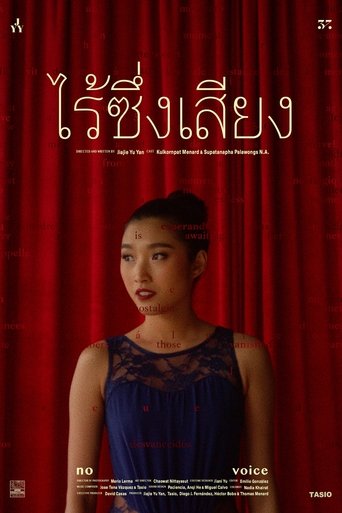
28 May 2021

No Voice
She now lives many miles away from her mother, who is waiting to hear from her. It is a bittersweet, restless, nostalgic moment, and she remembers those vanished years.
A documentary about 15-year-old Oksana who follows her mother's dream to see her become a prima ballerina.
Oksana Skorik

28 May 2021

She now lives many miles away from her mother, who is waiting to hear from her. It is a bittersweet, restless, nostalgic moment, and she remembers those vanished years.
12 Dec 2009
In the centenary year since the founding of the Ballets Russe, this documentary looks back at Sergei Diaghilev and the company he created, what they did and the influence they had, even a 100 years later.
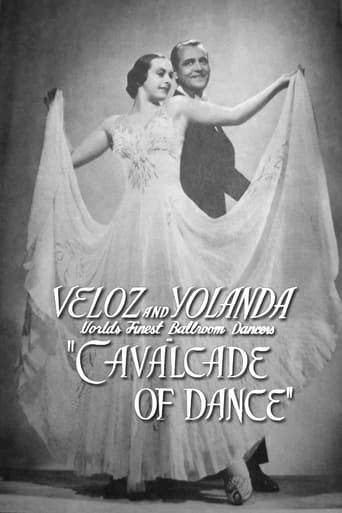
03 Oct 1943

Ballroom dancers Veloz and Yolanda perform the various dance fads of the first half of the twentieth century.
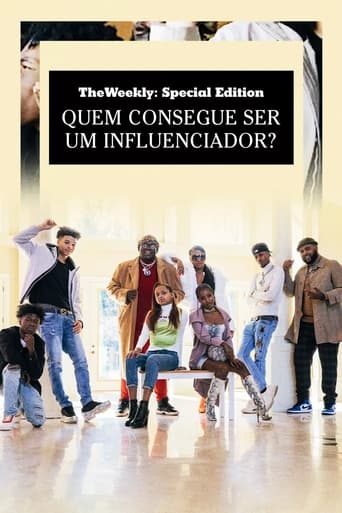
04 Jun 2021

Chronicles the rise of Collab Crib, one of the first mainstream Black creator mansion, exclusively documenting their whirlwind drive to achieve social media stardom in 90 days.
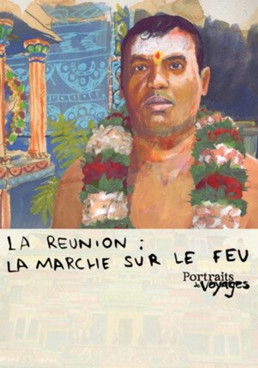
09 Aug 2013

A Tamil from Réunion invites us to a celebration in which the men of the community walk on fire.
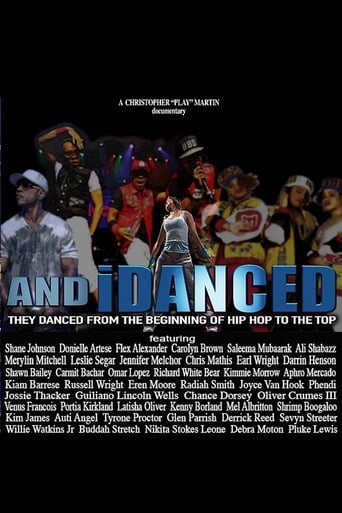
17 Mar 2018

THEY DANCED. The documentary is about women and men who danced and helped make a lot of Rappers and Singers performance presentations exciting and unforgettable.
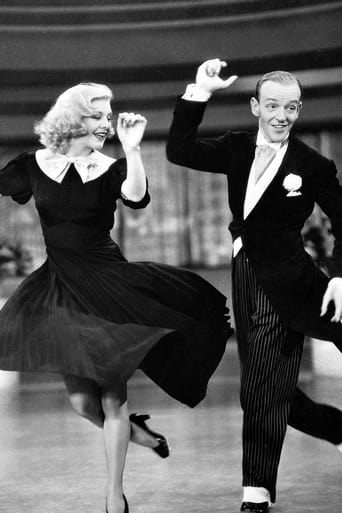
12 Dec 2020

A celebration of extraordinary choreographed moments in a countdown of TOP 25 of the most memorable dances in cinema history.
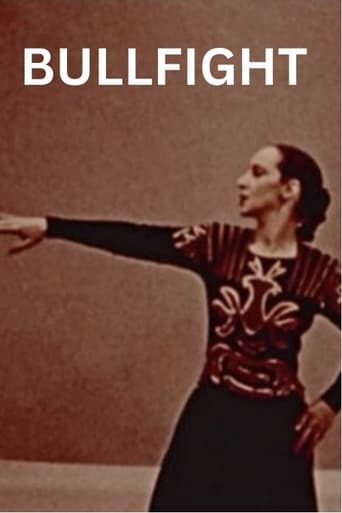
01 Jan 1955

Anna Sokolow’s choreographed reinterpretation of a bullfight. Sokolow plays the matador, an audience member, and the doomed animal.
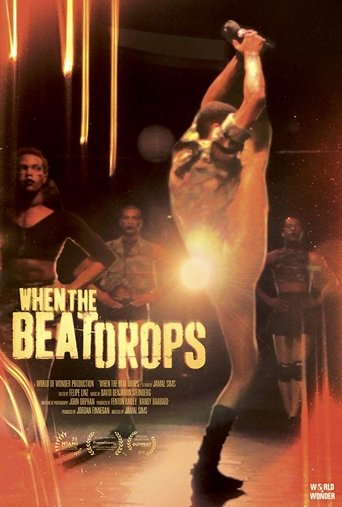
11 Mar 2018

A documentary exploring the origins and evolution of bucking, as well as the life stories and struggles of various Atlanta performers.
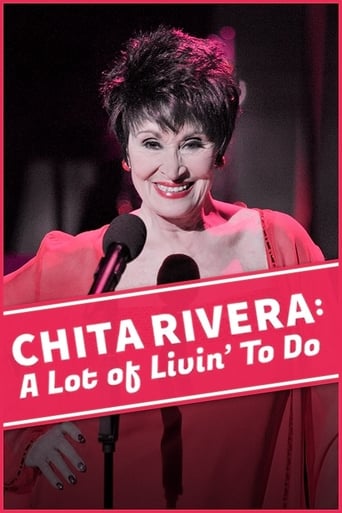
06 Nov 2015

A retrospective of Chita Rivera's film, television and stage career, including interviews with Dick Van Dyke, Ben Vereen, Carol Lawrence and others. Originally aired as Episode 2 of Season 43 of the PBS series Great Performances.
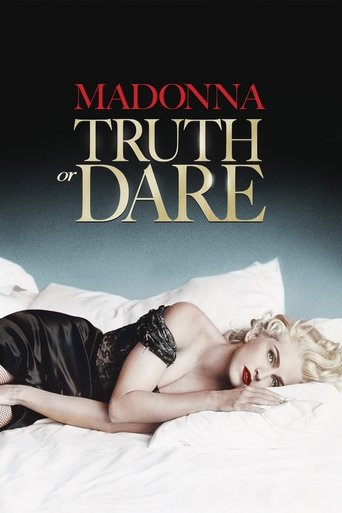
10 May 1991

From the rains of Japan, through threats of arrest for 'public indecency' in Canada, and a birthday tribute to her father in Detroit, this documentary follows Madonna on her 1990 'Blond Ambition' concert tour. Filmed in black and white, with the concert pieces in glittering MTV color, it is an intimate look at the work of the icon, from a prayer circle before each performance to bed games with the dance troupe afterwards.
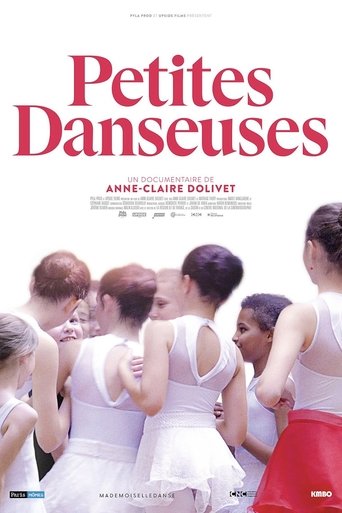
29 Apr 2020

Ida, Olympe, Jeanne and Marie dance to the music of pianos, symphonies, contemporary pieces… in ballet school studios, in the streets, even in their bedrooms. They are between 6 and 11 years old. Very fond of each other, they film themselves, comparing and giving one another support. They also tend to annoy one another, are at times envious, even rejecting each other. What is it like for a little girl to grow up in a world of intense professional and competitive dancing? Closely following the emotions and dilemmas experienced by our young characters, this film explores and probes into a territory that we’ve all navigated, though many of us have forgotten: childhood.
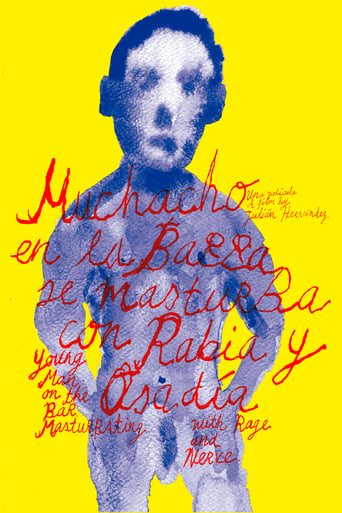
08 Mar 2015

Dance and prostitution play the same role for Cristhian’s body. Virtuosity, desire, technique, and sex intertwine, granting coherence to a way of life that offers many answers to few questions. A leitmotiv that reconciles opposites and contradictions. Answers that are sometimes painful, like all truths.
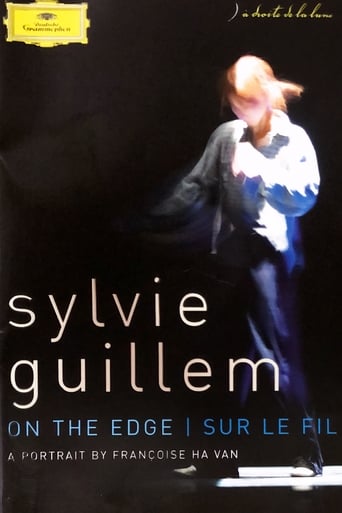

No overview found
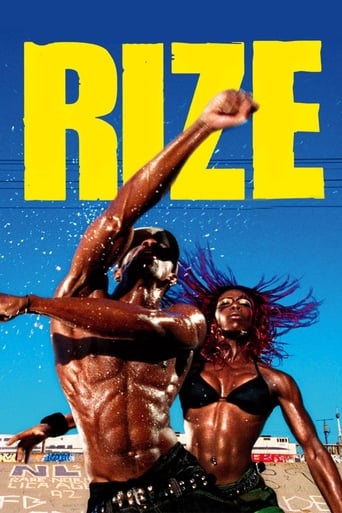
15 Jan 2005

A documentary film that highlights two street derived dance styles, Clowning and Krumping, that came out of the low income neighborhoods of L.A.. Director David LaChapelle interviews each dance crew about how their unique dances evolved. A new and positive activity away from the drugs, guns, and gangs that ruled their neighborhood. A raw film about a growing sub-culture movements in America.
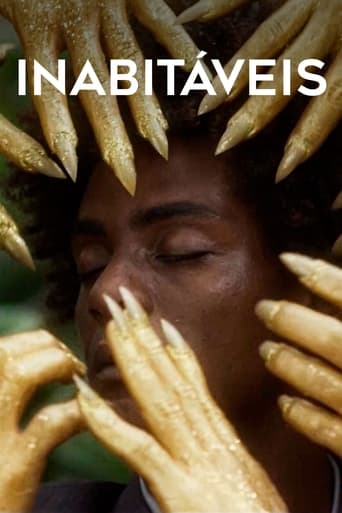
25 Jan 2020

A dance group rehearses for their latest performance Inabitáveis about black homosexuality. While the choreographer conducts research and gives guided tours, he meets Pedro, a young trans girl looking for her own means of expression. She desperately wants to be taught by him.
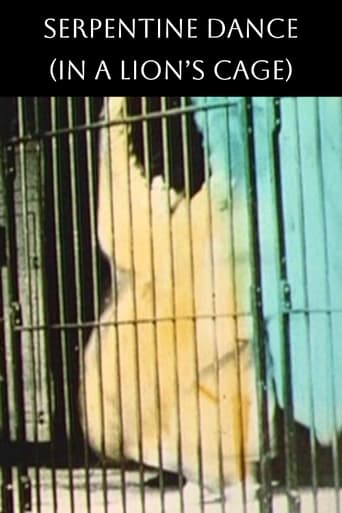
08 Aug 1900

Madame Ondine performs a serpentine dance surrounded by big cats.
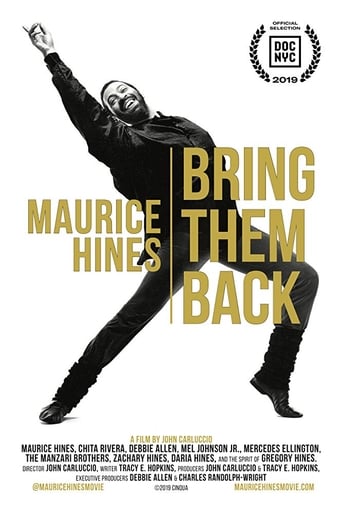
10 Nov 2019

Maurice Hines, a charming, gay African-American entertainer navigates the complications of show business while grieving the loss of his more famous, often estranged younger brother, tap dance legend Gregory Hines.

05 Jun 2018

Three days leading up to Tiler Peck's direction and performance of a ballet exhibition in Los Angeles.
02 Sep 1898
American Indians dancing.